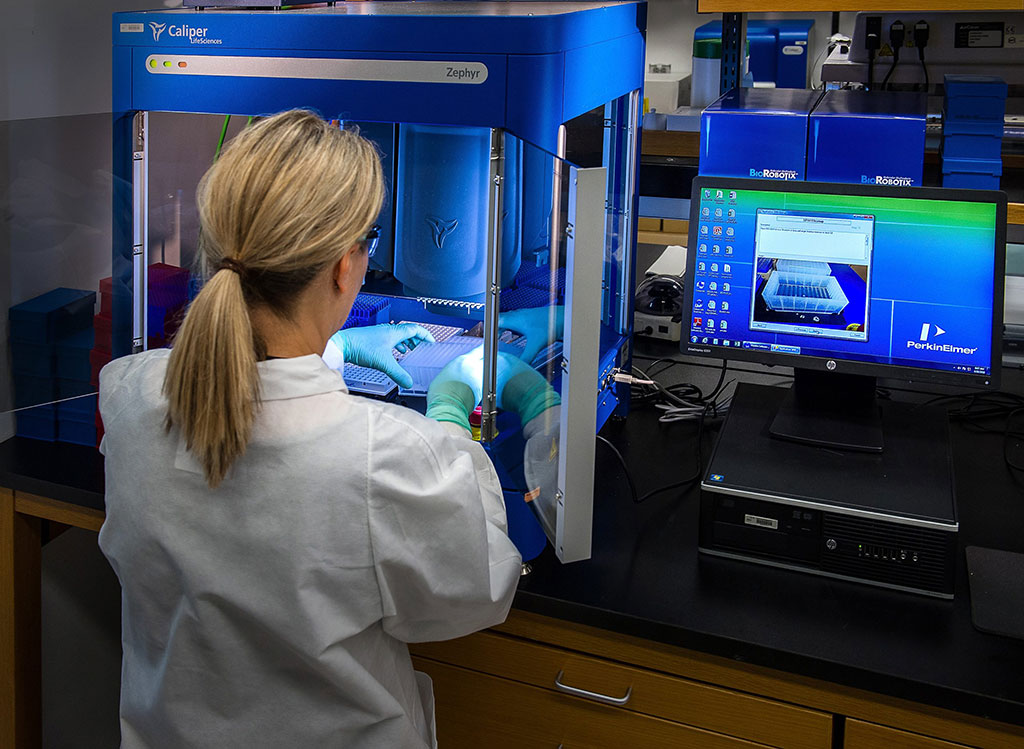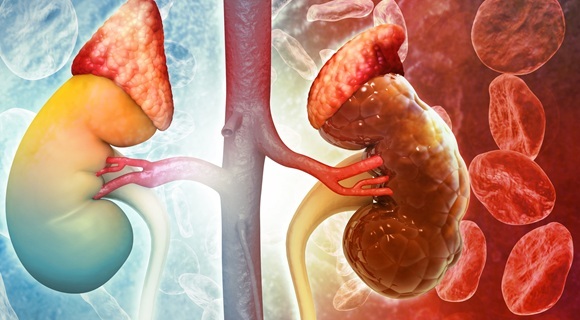New Test That Accurately Measures DNA Damage in Sperm Could Improve Male Infertility Diagnosis
Posted on 25 Jan 2022
A new test that can measure the amount of DNA damage in sperm with greater accuracy than current tests could significantly improve diagnosis of male infertility, which is more important than ever now that infertility rates are mounting.
A team of researchers at Tongji Medical College (Wuhan, China) developed a method that detects the number of DNA breaks in sperm, which in turn enables the calculation of the mean number of DNA breaks (MDB) per sperm in a sample. Current tests only show whether or not sperm have DNA damage and do not measure the amount of damage, even though the latter is essential for a complete evaluation of sperm health. However, this information plays a crucial role in guiding fertility treatments and in selecting high-quality sperm for sperm banks.

The researchers first evaluated their new method using sperm samples from 80 patients, 34 of whom had athenospermia (low sperm motility) and 46 of whom had normal semen. The team compared the ability of MDB to differentiate between athenospermia and normal samples with that of a conventional sperm DNA test that assesses the sperm DNA fragmentation index (DFI). From this, the researchers found that the area under the curve of MDB (0.7932) was higher than that of DFI (0.7631), meaning that MDB did a better job of telling the two sample types apart.
To further evaluate MDB’s clinical utility, the team then used it and DFI to assess 49 semen samples, 22 of which were associated with pregnancy and 27 of which were linked to an inability to get pregnant. The researchers found that the difference in MDB between the pregnant and non-pregnant groups was statistically significant (P=0.0106), while the difference in DFI between the two groups was not significant (P=0.0548). Furthermore, the area under the curve of MDB in this case (0.7576) was once again higher than the area under the curve of DFI (0.6616). Taken altogether, this means that MDB identifies viable sperm that lead to pregnancy with greater accuracy than conventional sperm DNA tests.
“These data indicated that the MDB parameter had stronger clinical relevance with the pregnancy outcomes and our established method could provide a better tool to evaluate sperm quality and male fertility,” said Xianjin Xiao, PhD, of Tongji Medical College, who led the team. “Our method involves direct detection of actual DNA fragmentation, which can measure the specific degree of sperm DNA fragmentation. The method has the advantages of short time-consumption, simple operation, high analytical sensitivity, and low requirement for instruments, which are conducive to the popularization of clinical application.”
Related Links:
Tongji Medical College














